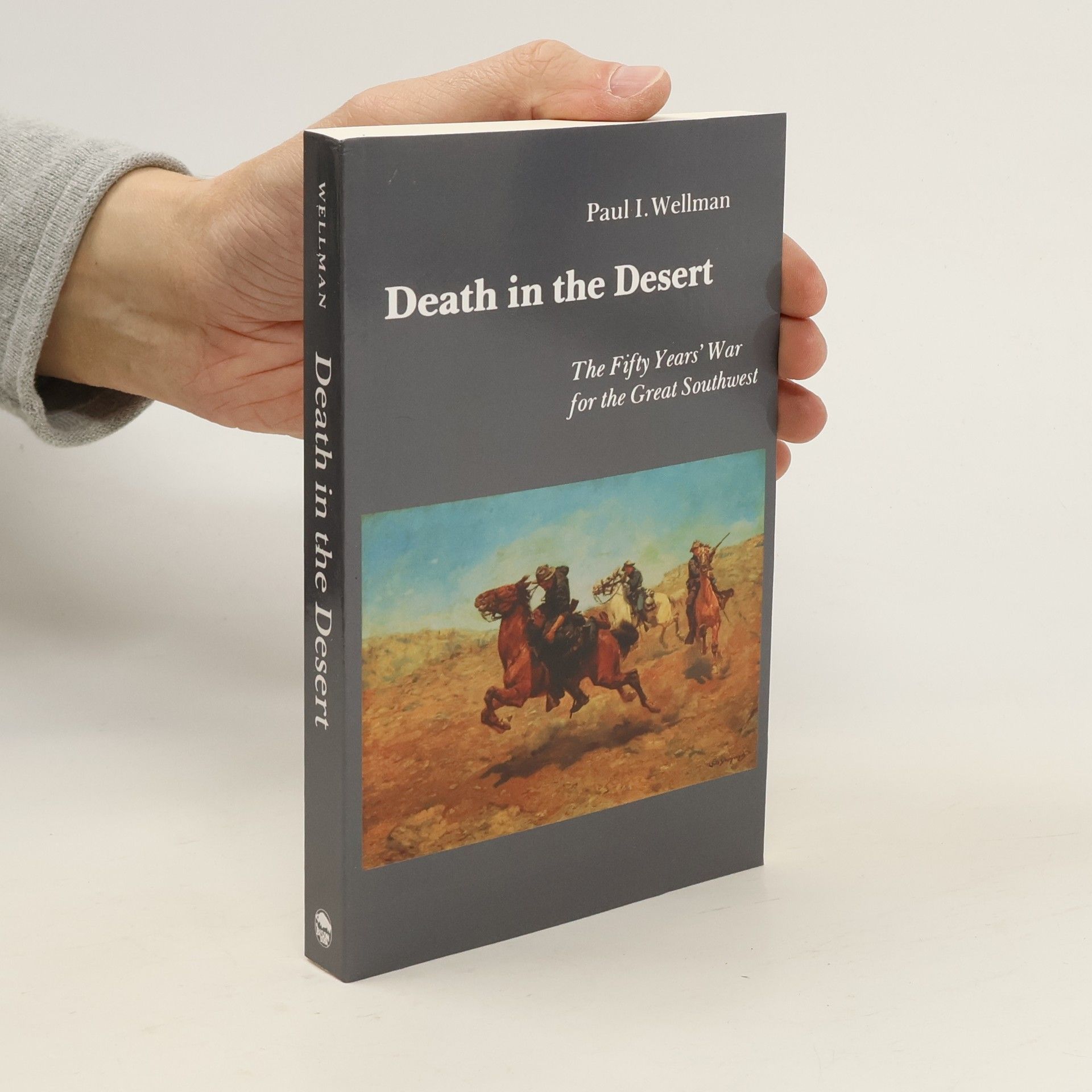Death on the Prairie is a sweeping narrative history of the Indian wars on the western plains that never loses sight of the individual actors. Beginning with the Minnesota Sioux Uprising in 1862, Paul I. Wellman shifts to conflicts in present-day Wyoming, Montana, Idaho, Oklahoma, the Texas Panhandle, and South Dakota, involving, most spectacularly, the Sioux, but also the Cheyennes, Arapahos, Comanches, Kiowas, Utes, and Nez Perces—all being ezed out of their hunting grounds by white settlers. There is never a quiet page as Wellman describes the Sand Creek Massacre (1864), the Fetterman Massacre (1866), the Battle of the Washita (1868), the Battle of Adobe Walls (1874), the Battle of the Little Big Horn (1876), the Nez Perce War (1877), the Meeker Massacre (1879), and the tragedy at wounded Knee (1890) that ended the fighting on the plains. Celebrated chiefs (Red Cloud, Crazy Horse, Black Kettle, Satanta, Joseph, Ouray, Sitting Bull) clash with army officers (notably Custer, Sheridan, Miles, and Crook), and uncounted men, women, and children on both sides are cast in roles of fatal consequence.
Le Guerre Indiane dell'Ovest Serie
Questa serie narra vividamente il tumultuoso periodo di conflitto tra i coloni americani e i popoli indigeni delle pianure occidentali. Dettaglia battaglie cruciali, massacri e incontri diplomatici che hanno plasmato il West americano. Ogni puntata offre uno sguardo approfondito sugli eventi e sugli individui coinvolti, dai capi rinomati agli ufficiali dell'esercito e alla gente comune intrappolata nel fuoco incrociato. La collana offre un'esplorazione avvincente dell'espansione di una nazione e del suo profondo impatto sulle culture dei nativi americani.


Ordine di lettura consigliato
- 1
- 2
The Apache Indians and the white settlers came face to face after the Mexican War, when the migrations across the continent reached the Southwest. In depicting the long, bitter resistance of the Apaches, Death in the Desert reveals incidents that provoked their undying hatred of whites. This rousing narrative history by Paul I. Wellman begins in 1837 with the rise to tribal leadership of Mangas Coloradas and ends in 1886 with the surrender of Geronimo. For a half century the dust never settles as U.S. troops fight the Apaches in Arizona and New Mexico and defeat the single uprisings of the Navajos and Pueblos. Two chapters describe the Modoc War in northern California from 1871 to 1873.